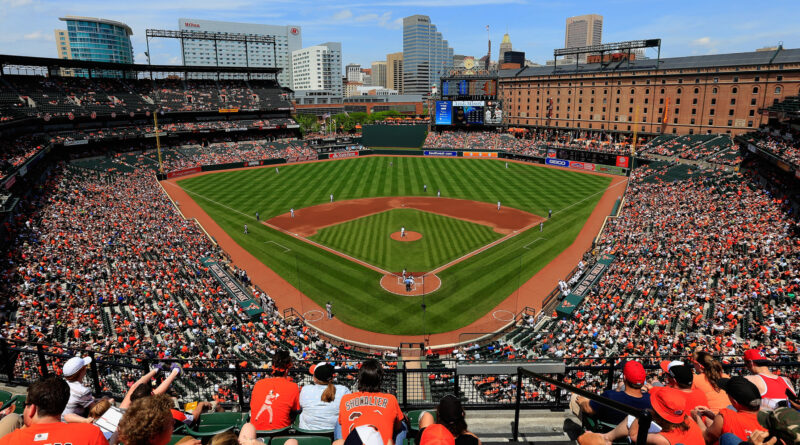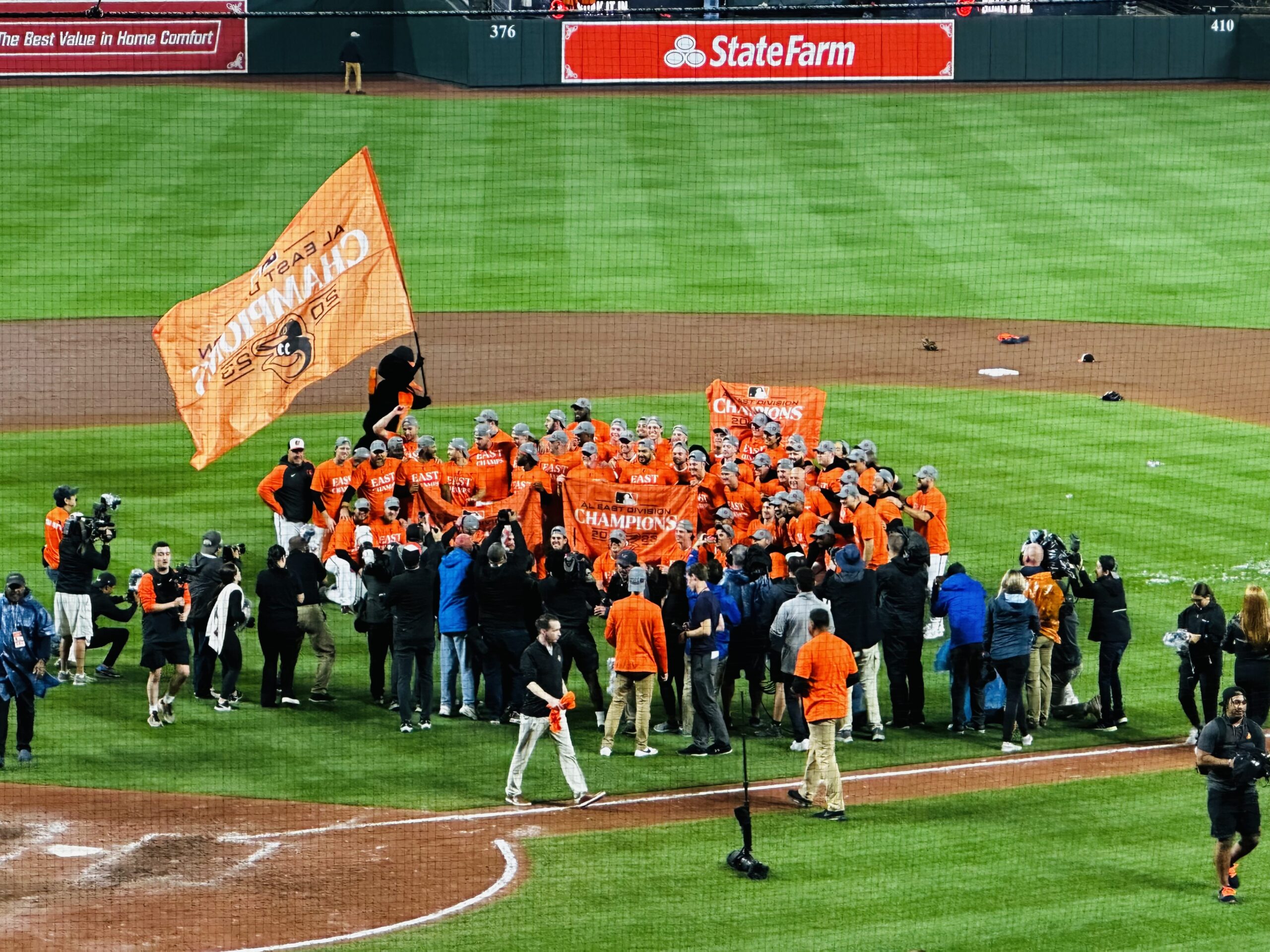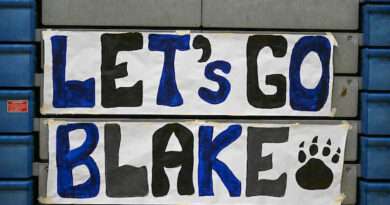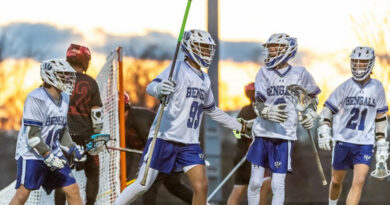Angelos Sells Orioles, What it Means
Baltimore Orioles chairman John Angelos has agreed to sell the Baltimore Orioles for $1.725 billion to a private equity group led by David Rubenstein, a native of Baltimore. He bought 40% of the team for now, with the remaining ownership coming when Peter Angelos, the father, passes away. The Angelos family has been in control of the franchise since 1993, when Peter bought the team for $173 million. Since 2020, his son has been the active control leader due to health issues. The deal must be approved in a vote of at least 75% of all 30 major league teams. When (and most likely) the sale gets approved, what does this mean for the Orioles?
The biggest, and probably the most exciting change for fans is the wide-open budget that is to come. The Orioles have been reluctant to spend big-time money on free agents or trades. Closer Craig Kimbrel was the largest acquisition before the sale; signing a one year, $13 million dollar deal. In fact, they had the second lowest payroll this past season ($60,722,300). Only the Oakland Athletics had a lower payroll, and they were the worst team in baseball. The Orioles just came off a season in which they won 101 games and also won the AL East division. With the current success that they’re in right now, not spending any money on free agents is something fans don’t want to see.
However, not even a day after the news broke, general manager Mike Elias traded for Milwaukee Brewers starting pitcher and ace Corbin Burnes. A former Cy Young Award winner, given to the best pitcher in the AL/NL, Burnes brings Baltimore fans the one thing they’ve wanted all offseason: a clear top-of-the-rotation starter with the capability of making the other guys around him better. Kyle Bradish, Grayson Rodriguez, John Means, and Dean Kremer round out the rest of the starting rotation. Bradish had a tremendous season, finishing fourth in AL Cy Young award voting. Rodriguez struggled during his first taste of the big leagues, which led to him being sent back down to the minor leagues. But when he was brought up again, he was lights out. He looked way more comfortable and seemed to have a better feel for his command. Over the course of twelve games after the All-Star Break, Rodriguez had an ERA of 2.66; his ERA in the first half was a 7.35. Means was out for most of the season due to Tommy John surgery, but when he was on the mound, he was very effective. During the 2021 season, Means had an ERA of 3.62, including a no-hitter against Seattle. Kremer will most likely round out the rotation after posting a 3.52 ERA during the second half of the season, though Tyler Wells could step into that role if something were to happen to him or any of the other pitchers. The addition of Burnes could be a sign of aggressiveness from the soon-to-be new ownership group. It’s also a sign of extensions within the club.
Adley Rutshcman, Gunnar Henderson, and number one prospect Jackson Holliday all seem poised to get a contract extension sometime in the future. Locking those guys up (as well as Rodriguez) will set the Baltimore Orioles for the next ten-plus years, and they will no doubt be contending for AL pennants and World Series titles during that time. Baltimore’s biggest offseason need was to sign a slam dunk top-of-the-rotation starter. They got that in Burnes. The position group is set with Rutschman and Henderson leading the way. The rotation is set. The fans are waiting in anticipation to see what kind of encore the Orioles have to offer. Perhaps another unforgettable season is on the horizon.




